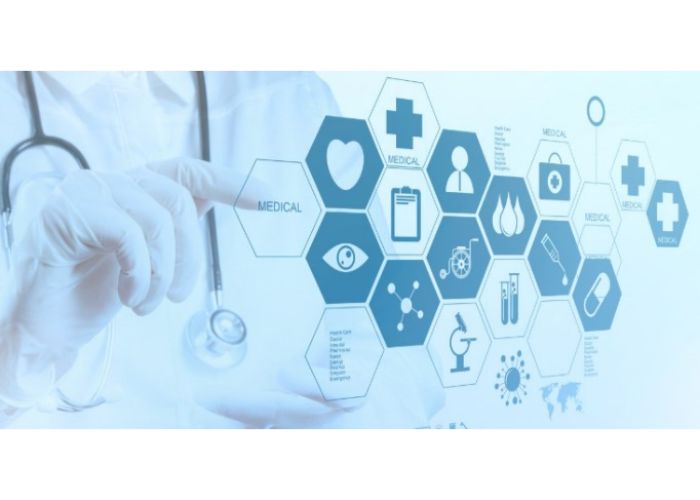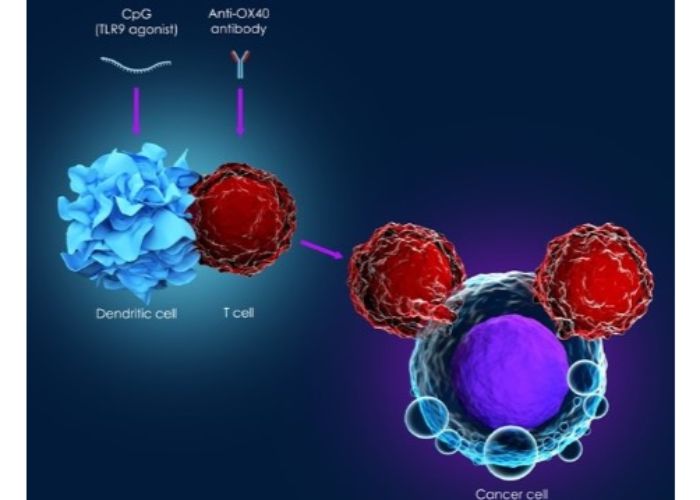Have you ever got to wonder where the medical world is taking us to? Like we get to know about the automobile industry, wild world of computing, and now the medicals. Let’s run through a list of these medical innovations.
1. Alternative Therapy for Pain: opioid crisis
Chronic pain is the cause of opioid prescription. Though we’ve had several clinical alternative validations, none have worked. But today, pharmacogenomic testing has evolved. It uses a patient’s genetic makeup to predict a patient’s metabolism of drugs. This includes some opiate-based drug. It can also be used to avoid adverse reactions and eliminate unnecessary and ineffective prescriptions, replacing them with more effective medications.
With increased access to genetic testing, pharmacogenomic testing will make significant progress towards precision and ultimately end the crisis.
2. The advent of AI in healthcare

Although AI (Artificial Intelligence) was once thought of as a threat, it is now an integral part of our everyday life. Today, artificial intelligence is helping medical practitioners make smarter decisions for viewing patient scans and reducing physician burnout. With the continuous integration of AI into health care, taking adequate care of patients is now more about working smarter rather than harder.
3. Expanded Windows for Acute Stroke Intervention
In stroke intervention, timely response is very critical. In many of these situations, intervention methods can be deployed to save tissue. But until now, intervening in stroke situations has only been recommended within a limited window of time. The new advent released this past year provides new guidelines and suggest an expanded window for treatment. The risk of disability is greatly lowered and also provides the opportunity for an increased number of future stroke patients.
4. Advances in Immunotherapy for Cancer Treatment

Cancer has always been a nightmare for patients. But with the advent of Cancer immunotherapy or biologic therapy, which uses the body’s immune system to fight cancer, the end of this severe disease is here.
Although this advent has been around for a while, Scientists are still creating life-changing cancer treatments using the concepts of joint therapy and engineered T-cells.
5. Patient-Specific Products Achieved with 3D Printing
Although operational in various sectors, it is aimed in the medicals to be able to replace damaged organ with 3-d bioprinting and give experts the ability to print regenerative organs such as the heart, kidney, liver, etc., using the living cells of the designated patient. This technology will end organ shortages and reduce the cost of transplants.
The wide range of application provided by 3D printing gives medical practitioners the ability to give patients the most advanced care, while also minimizing the risk of complication in patients. However, bioprinting projects are already making heads way as scientists have printed primary tissues, which help bring this dream to life.
6. Virtual and Mixed Reality for Medical Education
Virtual and mixed reality involves using computer technology to create simulated and hybrid environments. These systems have recently caught the eye of the medical practitioners, and they are eager to sharpen their skills. Now widely used in the medicals, VR/MR programs provide simulation training that serves to enhance traditional medical schooling Visor for Prehospital Stroke Diagnosis.
With the nature of this stroke, blood escapes from a ruptured blood vessel in the brain and are liable for almost 40 percent of stroke deaths. It is necessary to diagnose rapidly for effective treatment, as uncontrolled bleeding can lead to swelling of, and damage to, the brain. The hemorrhage scanning visor is a technology which speeds up diagnosis can detect bleeding in the brain.
7. Innovation in Robotic Surgery

Robots provide surgeons in the operating room with directives for accurate precision in surgery. There are now advanced surgical platforms, and they apply from spine to endovascular procedures. They enhance recovery time which makes a recovery considerably shortened and also aid limited pain after surgery.
With continued advancement, there will be more precise and effective operations with improved surgical outcomes.
8. RNA Therapies
RNA therapies have come to surpass DNA therapies. Dealing with genetic information at the ribonucleic acid (RNA) enables scientists to be able to intercept the abnormality of a patient’s genetic before when it is translated into functioning proteins.
These new therapies have wide applications in rare genetic diseases such as Huntington’s disease, and in cancer and neurologic diseases.
